Home>Gardening & Outdoor>Pool & Spa Care>How Often Should I Replace Hot Tub Filter
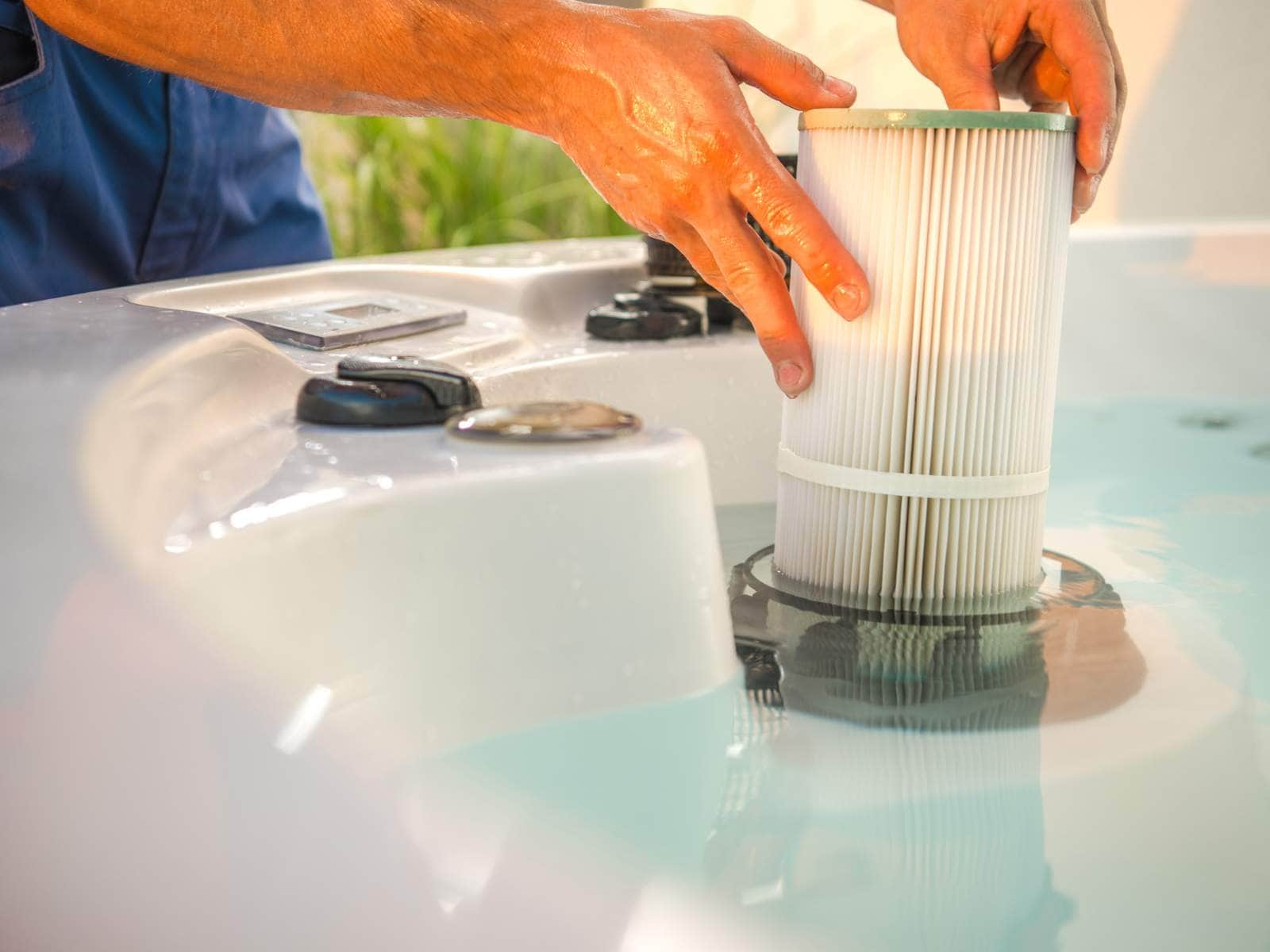

Pool & Spa Care
How Often Should I Replace Hot Tub Filter
Modified: August 23, 2024
Learn how often you should replace your hot tub filter for optimal pool and spa care. Follow these maintenance tips to keep your hot tub clean and functioning efficiently.
(Many of the links in this article redirect to a specific reviewed product. Your purchase of these products through affiliate links helps to generate commission for Storables.com, at no extra cost. Learn more)
**
Introduction
**
So, you've invested in a luxurious hot tub to create your own personal oasis of relaxation and rejuvenation. You understand the importance of regular maintenance to keep your spa water crystal clear and inviting. One crucial component of this maintenance is the hot tub filter. Proper filtration is essential for maintaining water quality and ensuring a clean, healthy soaking experience. In this article, we'll delve into the significance of hot tub filters, explore the factors influencing their lifespan, identify the signs indicating the need for replacement, and determine the ideal frequency for replacing hot tub filters. By the end, you'll have a comprehensive understanding of how to keep your hot tub's filtration system in optimal condition, ensuring a delightful and hygienic spa experience for years to come. Let's dive in!
**
Key Takeaways:
- Keep your hot tub filter in top condition by replacing it every 12 to 24 months, adjusting based on usage, maintenance, water quality, and environmental factors. Regular inspection is key!
- Signs it’s time to replace your hot tub filter include reduced filtration efficiency, increased cleaning frequency, persistent odors, visible damage, and clogging. Stay attentive to maintain optimal water quality.
Read more: How Often Should A Hot Tub Filter Cycle Run
Importance of Hot Tub Filters
**
Hot tub filters play a pivotal role in maintaining the cleanliness and clarity of your spa water. They act as the first line of defense against various contaminants, including dirt, debris, oils, and organic matter that accumulate in the water over time. Without an efficient filtration system, these impurities would linger, leading to cloudy, uninviting water that poses potential health risks.
By trapping and removing these particles, hot tub filters help to prevent the growth of harmful bacteria and algae, ensuring that your spa water remains hygienic and safe for soaking. This not only safeguards your health but also prolongs the lifespan of your hot tub equipment, as clean water reduces the likelihood of clogging and damage to the pump and other components.
Furthermore, effective filtration contributes to the overall performance of your hot tub's water treatment system. By removing contaminants, the filter allows sanitizers and other water treatment chemicals to work more efficiently, thereby reducing the frequency of chemical adjustments and enhancing the water quality. This, in turn, creates a more enjoyable and therapeutic soaking experience.
Ultimately, hot tub filters are indispensable for maintaining a clean, inviting spa environment. They are instrumental in preserving water quality, preventing the proliferation of harmful microorganisms, and optimizing the effectiveness of water treatment chemicals. Understanding the significance of hot tub filters underscores their essential role in the overall maintenance and enjoyment of your spa.
**
Factors Affecting Filter Lifespan
**
The lifespan of a hot tub filter can be influenced by various factors, each of which can impact its efficiency and longevity. Understanding these factors is crucial for maintaining an effective filtration system and extending the lifespan of your filter. Here are the key elements that can affect the lifespan of your hot tub filter:
- Usage Frequency: The frequency of hot tub usage directly impacts the workload of the filter. Regular use leads to a higher accumulation of debris and contaminants, placing greater strain on the filter and potentially shortening its lifespan.
- Maintenance Practices: Proper maintenance, including routine cleaning and chemical treatment, can significantly prolong the life of a hot tub filter. Neglecting maintenance can lead to clogging, reduced filtration efficiency, and premature wear and tear.
- Water Quality: The quality of the spa water, including its pH balance, sanitizer levels, and overall cleanliness, can affect the filter's performance. Balanced water chemistry reduces the strain on the filter, while imbalanced water can lead to accelerated wear and reduced effectiveness.
- Environmental Factors: The environment surrounding your hot tub can impact the filter's lifespan. Factors such as dust, pollen, and foliage can introduce additional debris into the water, requiring the filter to work harder to maintain water clarity.
- Filter Material and Quality: The type and quality of the filter itself play a significant role in determining its lifespan. High-quality filters made from durable materials are more resilient and tend to last longer than lower-quality alternatives.
By considering these factors and taking proactive measures to address them, you can optimize the lifespan of your hot tub filter and ensure consistent filtration performance. Implementing a comprehensive maintenance routine and monitoring the impact of usage, water quality, and environmental influences can help you maximize the longevity of your filter, ultimately contributing to a cleaner and more enjoyable hot tub experience.
**
Replace your hot tub filter every 12-18 months, or sooner if it becomes clogged or damaged. Regular maintenance will keep your water clean and your hot tub running smoothly.
Signs It’s Time to Replace Your Hot Tub Filter
**
Recognizing the signs indicating the need for hot tub filter replacement is essential for maintaining optimal water quality and preserving the functionality of your spa equipment. Over time, hot tub filters can become less effective due to wear and accumulation of debris, necessitating timely replacement. Here are the key indicators that it’s time to replace your hot tub filter:
- Reduced Filtration Efficiency: If you notice a decline in the filtration performance of your hot tub, such as persistent cloudiness or decreased water clarity, it may be a sign that the filter is no longer effectively trapping and removing contaminants. This can indicate that the filter has reached the end of its lifespan.
- Clogging and Blockages: Visible signs of clogging, blockages, or damage to the filter material are clear indications that it may be time for a replacement. Accumulated debris and particles can hinder the flow of water through the filter, impeding its ability to effectively clean the spa water.
- Increased Cleaning Frequency: If you find yourself needing to clean the filter more frequently than usual, despite adhering to a consistent maintenance schedule, it could be a sign that the filter is struggling to maintain its efficiency. This can be a result of wear and tear or reduced filtration capacity.
- Persistent Odors or Discoloration: Unpleasant odors or persistent discoloration of the water, even after thorough cleaning and water treatment, can be indicative of a compromised filter. If the filter is no longer effectively removing contaminants, it can lead to water discoloration and the development of unpleasant odors.
- Visible Damage: Physical damage to the filter, such as tears, fraying, or deformation, is a clear indication that it needs to be replaced. Damaged filter material compromises its ability to effectively trap and remove contaminants from the water.
By remaining attentive to these signs and promptly addressing any indications of filter deterioration, you can ensure that your hot tub maintains optimal water quality and filtration performance. Regularly inspecting the filter and being mindful of changes in water clarity and maintenance requirements will enable you to take proactive measures to replace the filter when necessary, safeguarding the cleanliness and enjoyment of your spa.
**
How Often to Replace Hot Tub Filter
**
The frequency of hot tub filter replacement is a critical aspect of spa maintenance, as it directly impacts the effectiveness of water filtration and the overall cleanliness of your hot tub. While the exact replacement interval can vary based on specific factors, including usage, maintenance practices, and environmental influences, there are general guidelines to help determine when to replace your hot tub filter.
As a standard recommendation, hot tub filters should typically be replaced every 12 to 24 months. However, this timeframe is not absolute and should be adjusted based on the following considerations:
- Usage Frequency: If your hot tub experiences heavy usage, with multiple individuals soaking regularly, the filter may need more frequent replacement. Increased usage leads to higher levels of contaminants and debris, placing greater strain on the filter and necessitating more frequent replacements.
- Maintenance Practices: Adhering to a diligent maintenance routine, including regular filter cleaning and chemical treatment, can extend the lifespan of your filter. Consistent maintenance can help mitigate the accumulation of debris and prolong the filter’s effectiveness, potentially allowing for longer replacement intervals.
- Water Quality: Monitoring and maintaining balanced water chemistry is crucial for preserving the filter’s lifespan. Properly balanced water reduces strain on the filter, while imbalanced water can accelerate wear and necessitate more frequent replacements.
- Environmental Factors: The environment surrounding your hot tub can impact the filter’s longevity. If your spa is located in an area with high levels of airborne debris, such as pollen or dust, the filter may require more frequent replacement to cope with the increased workload.
It’s important to note that regular inspection of the filter is essential for assessing its condition and determining whether replacement is necessary. If you observe any of the signs indicating filter deterioration, such as reduced filtration efficiency, clogging, or visible damage, it’s advisable to replace the filter promptly, regardless of the elapsed time since the previous replacement.
By considering these factors and remaining attentive to the condition of your hot tub filter, you can determine an appropriate replacement schedule that aligns with the unique demands of your spa. Maintaining a clean and efficient filtration system is fundamental to enjoying a healthy and rejuvenating hot tub experience, making timely filter replacement a crucial aspect of spa ownership.
**
Read more: How Often Change Filter In Hot Tub
Conclusion
**
Understanding the significance of hot tub filters and the factors influencing their lifespan is essential for maintaining a clean, inviting spa environment. By recognizing the signs indicating the need for filter replacement and determining the appropriate frequency for replacement, you can ensure the optimal performance of your hot tub’s filtration system, ultimately contributing to a delightful and hygienic soaking experience.
Hot tub filters serve as the primary defense against contaminants, playing a vital role in preserving water quality, preventing the proliferation of harmful microorganisms, and optimizing the effectiveness of water treatment chemicals. By adhering to a proactive maintenance routine and remaining attentive to usage patterns, water quality, and environmental influences, you can extend the lifespan of your filter and safeguard the cleanliness of your spa.
Regular inspection of the filter, along with prompt replacement when necessary, is crucial for maintaining consistent filtration performance and water clarity. By addressing signs of filter deterioration, such as reduced efficiency, clogging, and visible damage, you can ensure that your hot tub continues to provide a rejuvenating and hygienic soaking experience for years to come.
Ultimately, the frequency of hot tub filter replacement should be tailored to the specific demands of your spa, considering factors such as usage, maintenance practices, water quality, and environmental influences. By striking a balance between proactive maintenance and timely replacement, you can uphold the cleanliness and efficiency of your hot tub’s filtration system, enhancing the overall enjoyment and longevity of your spa.
With a comprehensive understanding of the importance of hot tub filters and the considerations for replacement, you are well-equipped to maintain a clean, inviting, and rejuvenating spa environment, ensuring that your hot tub remains a cherished retreat for relaxation and well-being.
Frequently Asked Questions about How Often Should I Replace Hot Tub Filter
Was this page helpful?
At Storables.com, we guarantee accurate and reliable information. Our content, validated by Expert Board Contributors, is crafted following stringent Editorial Policies. We're committed to providing you with well-researched, expert-backed insights for all your informational needs.
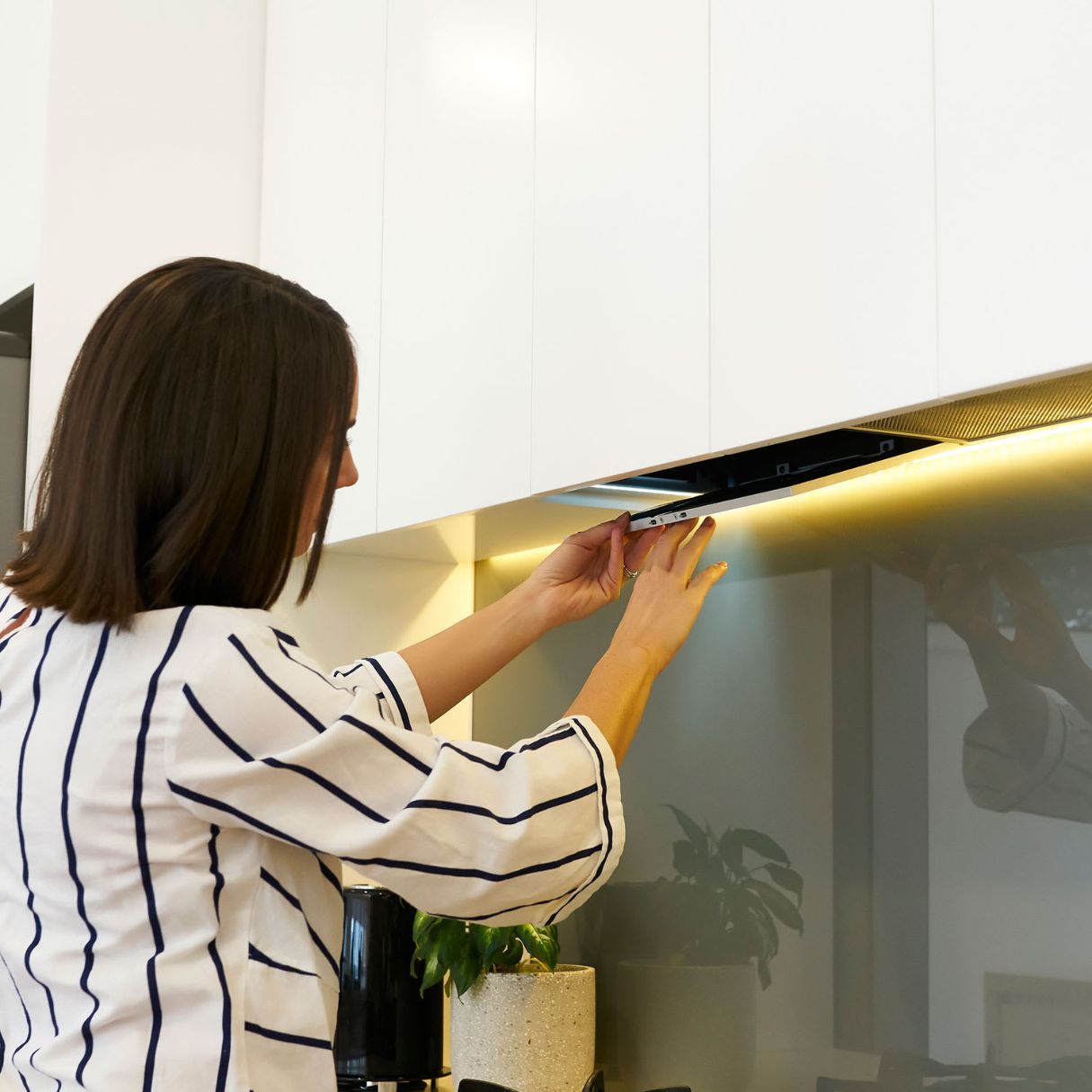
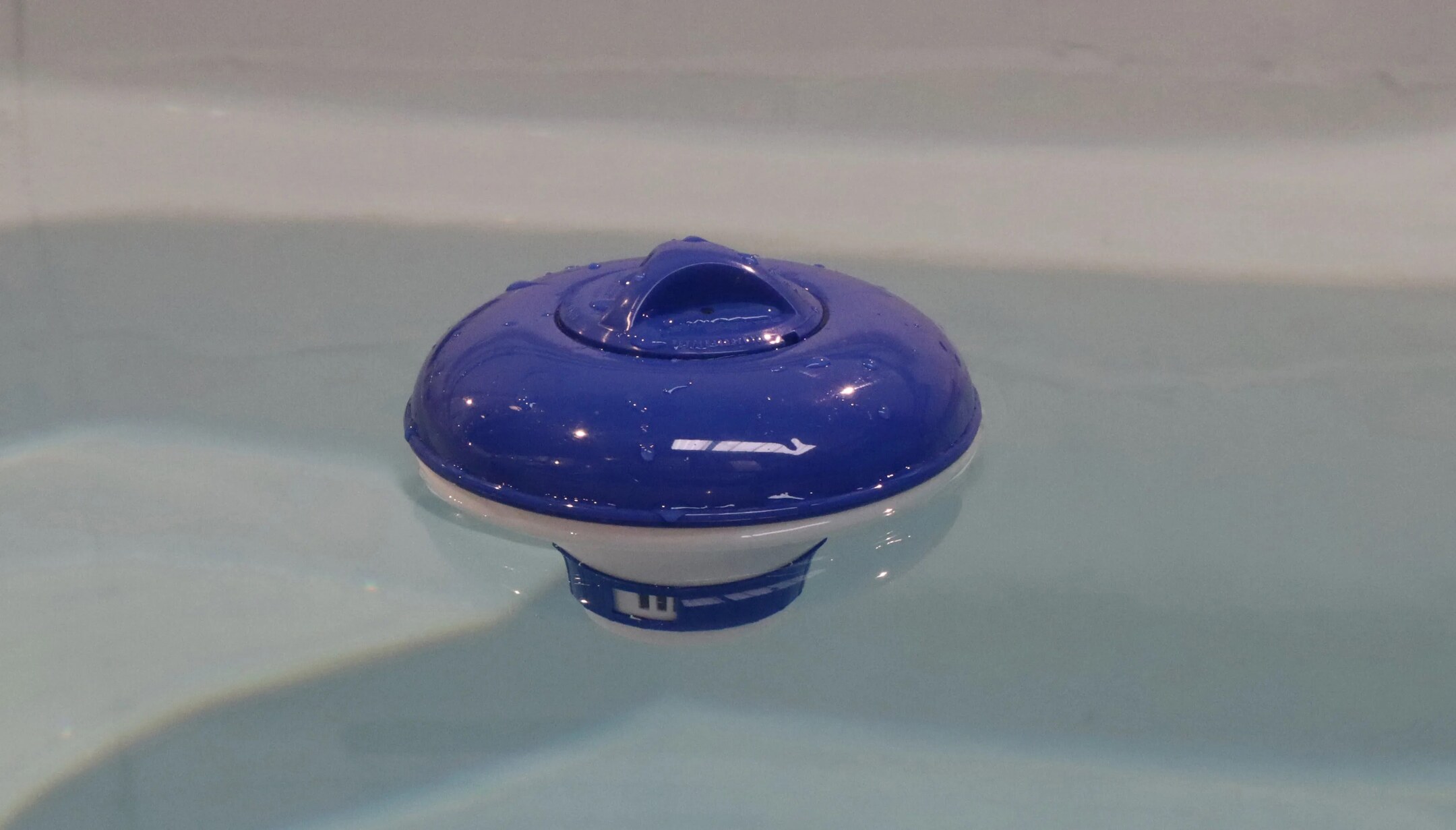
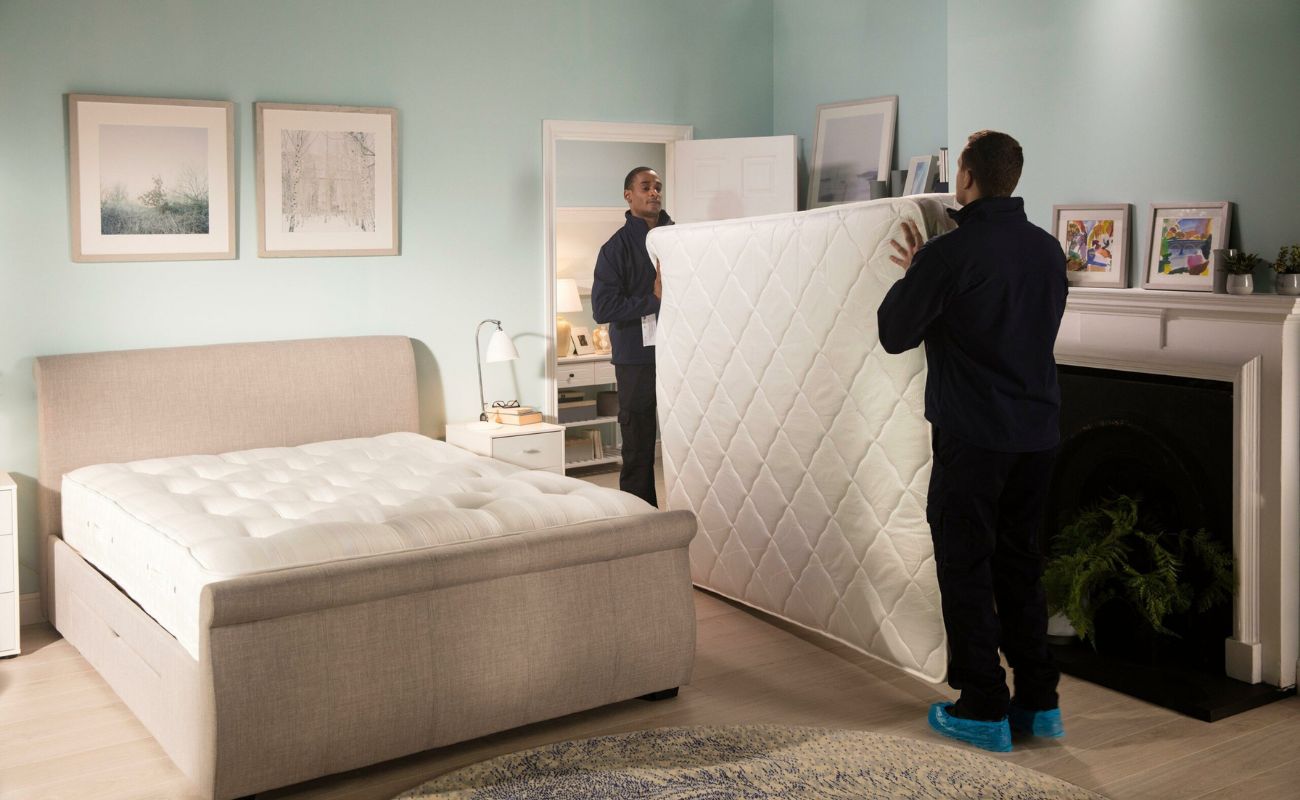
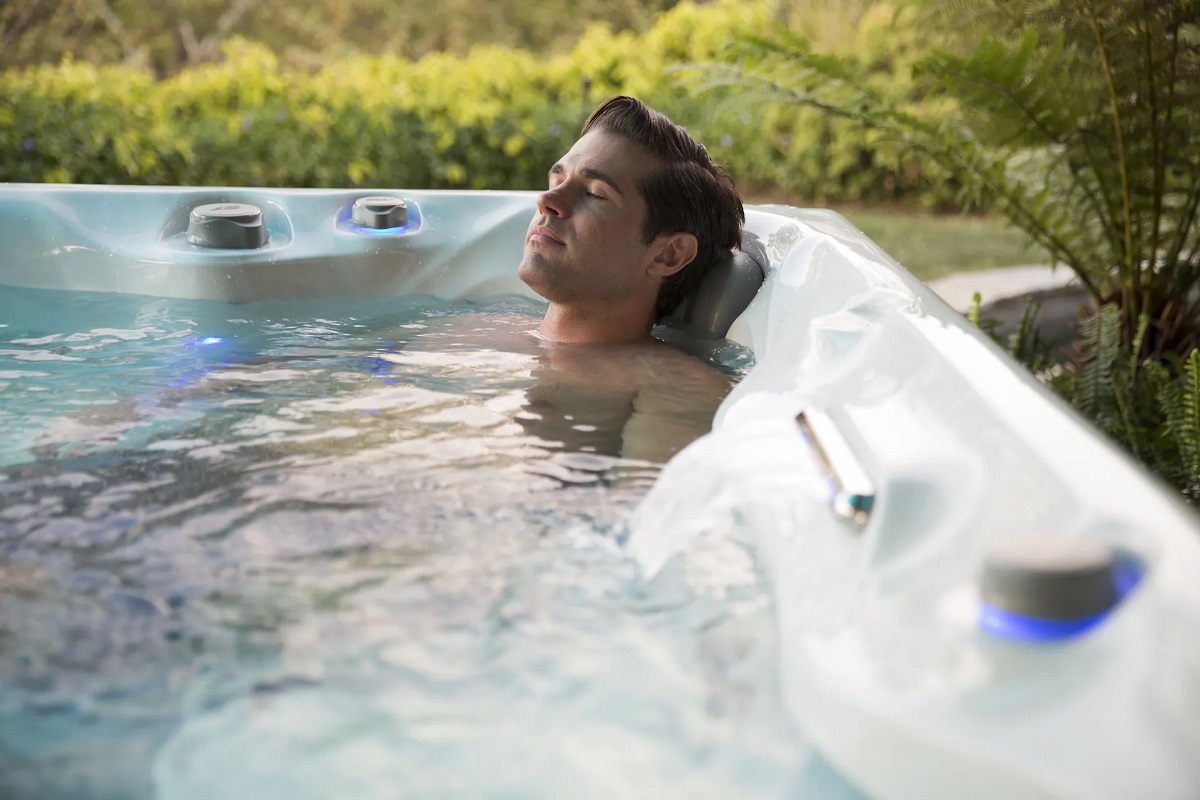
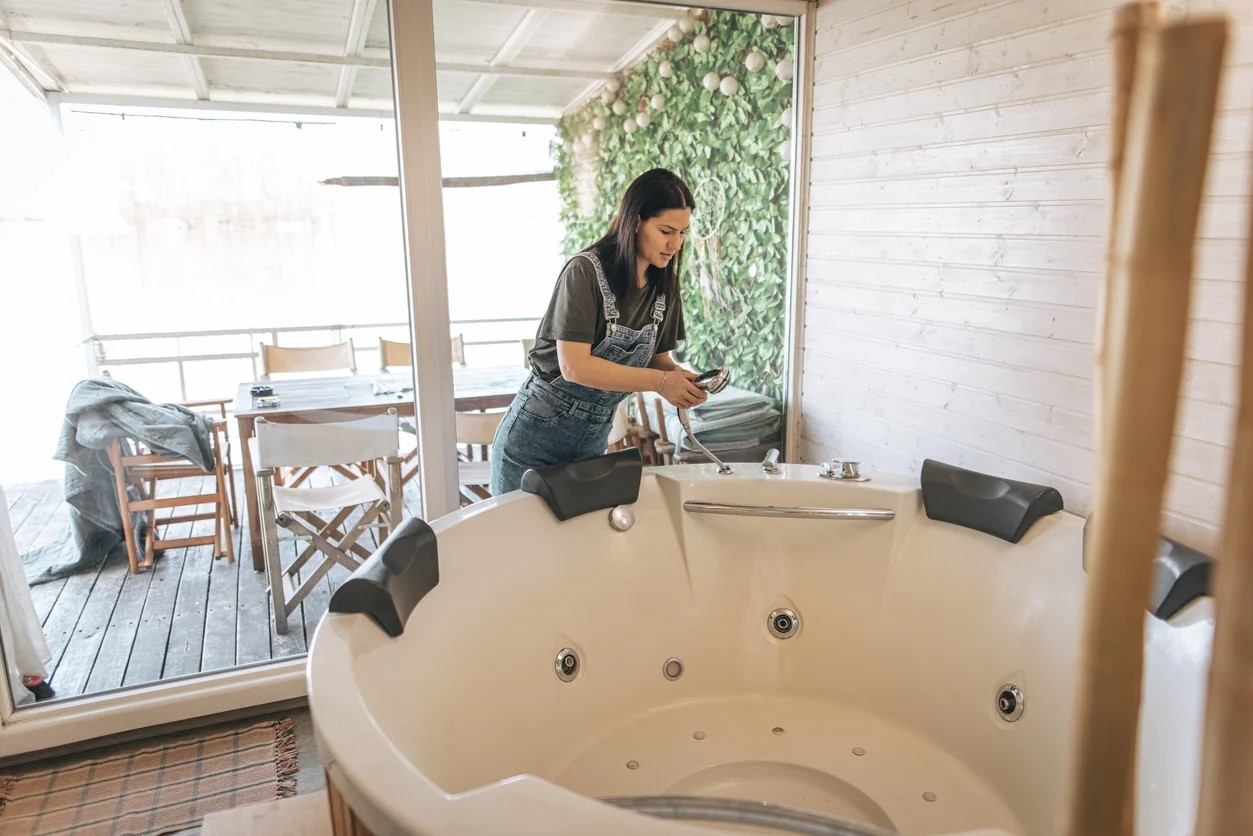
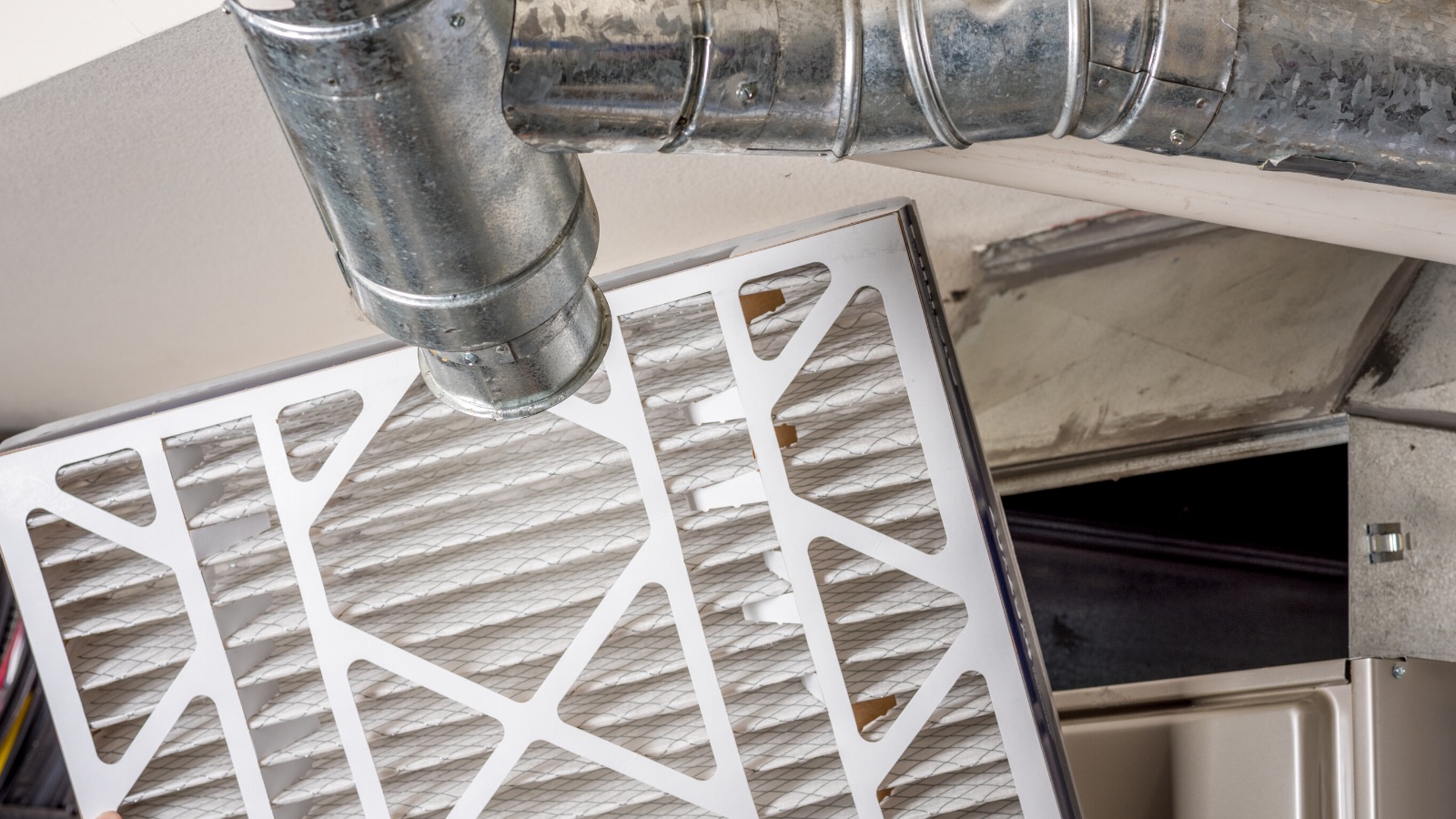
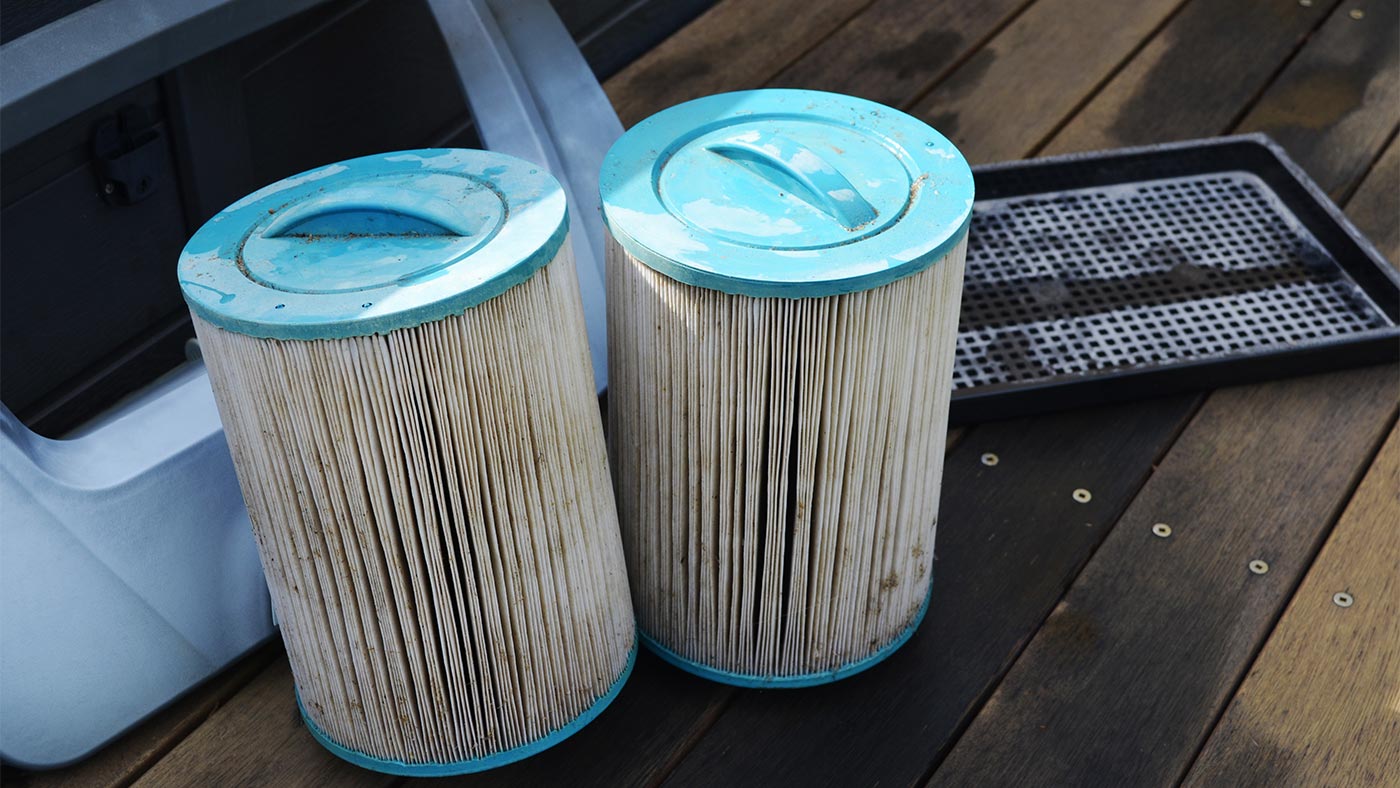
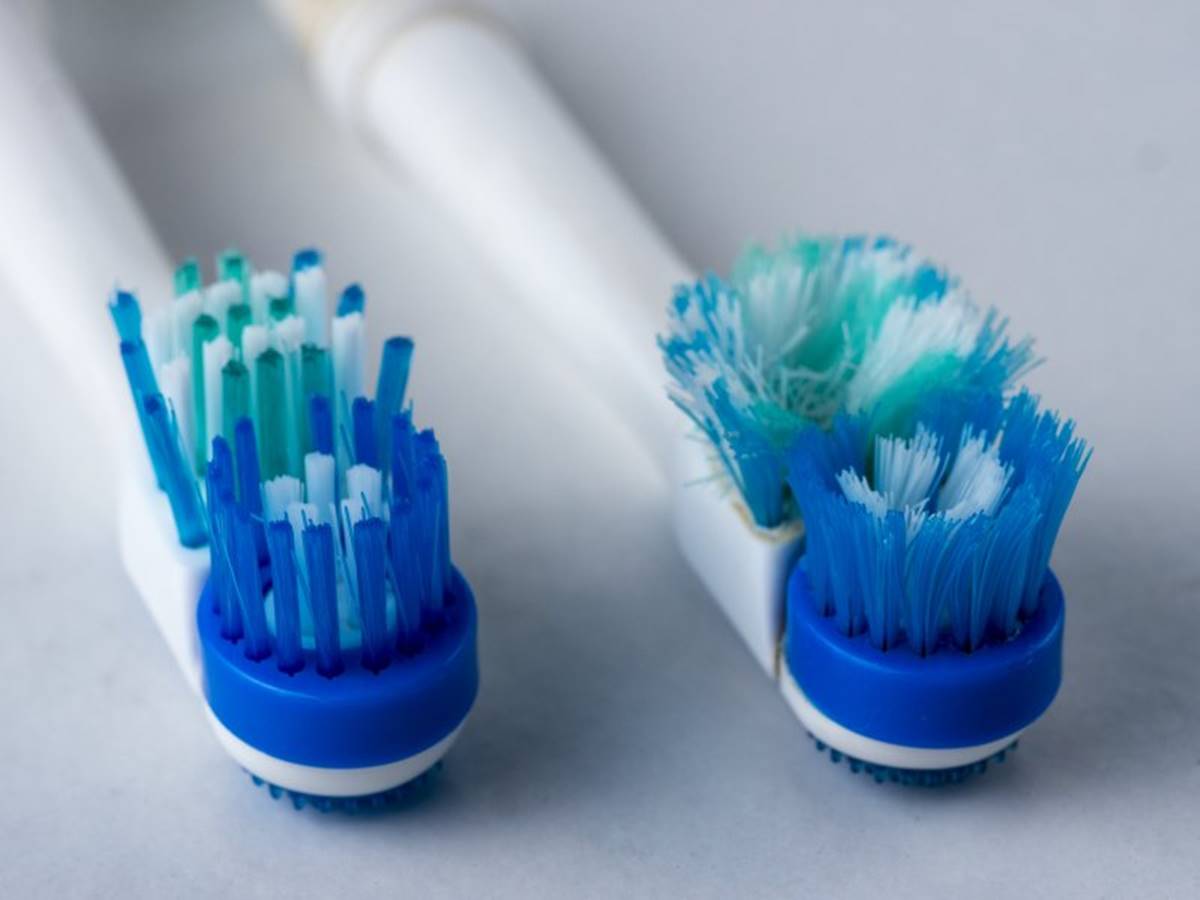
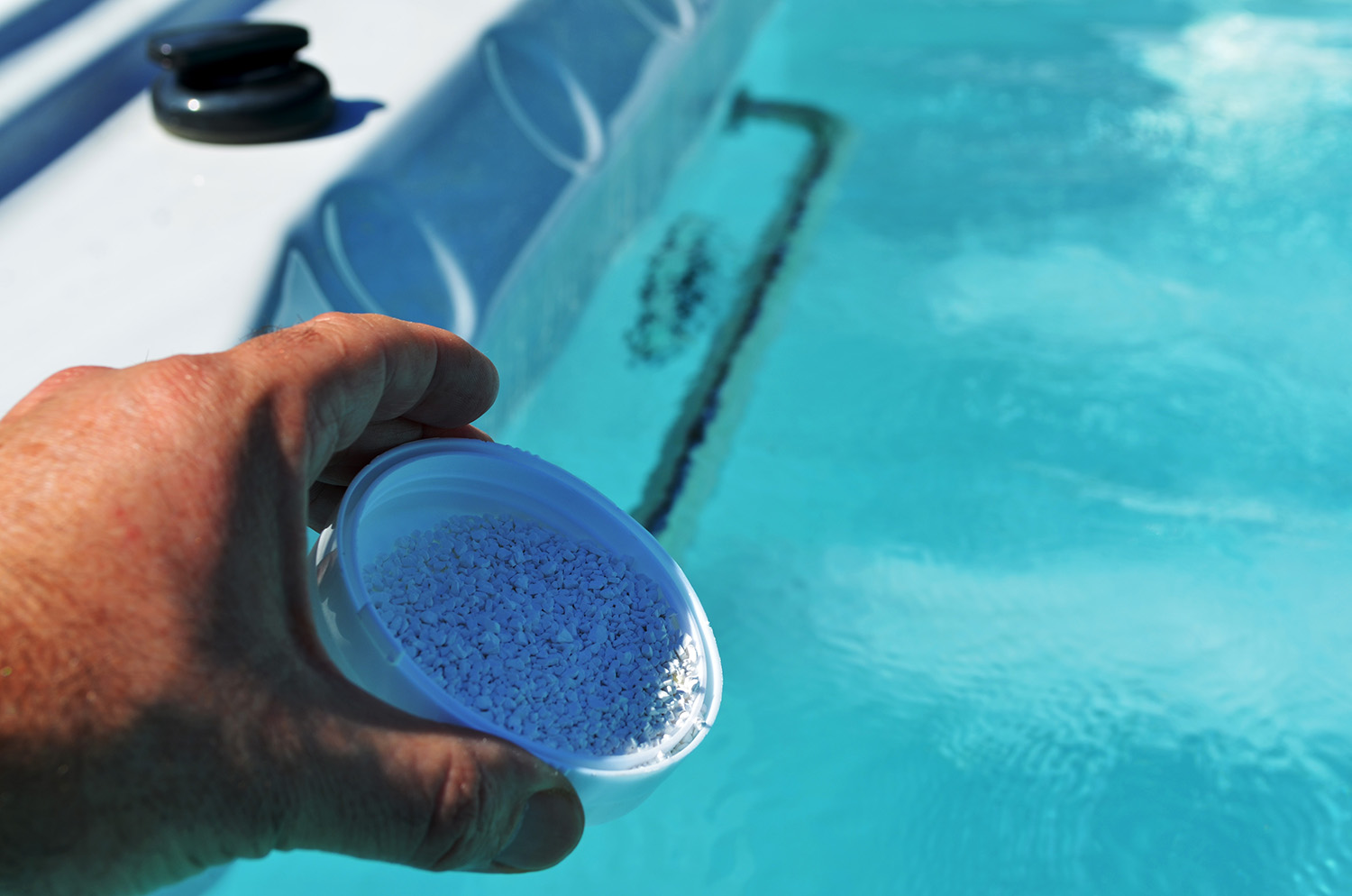
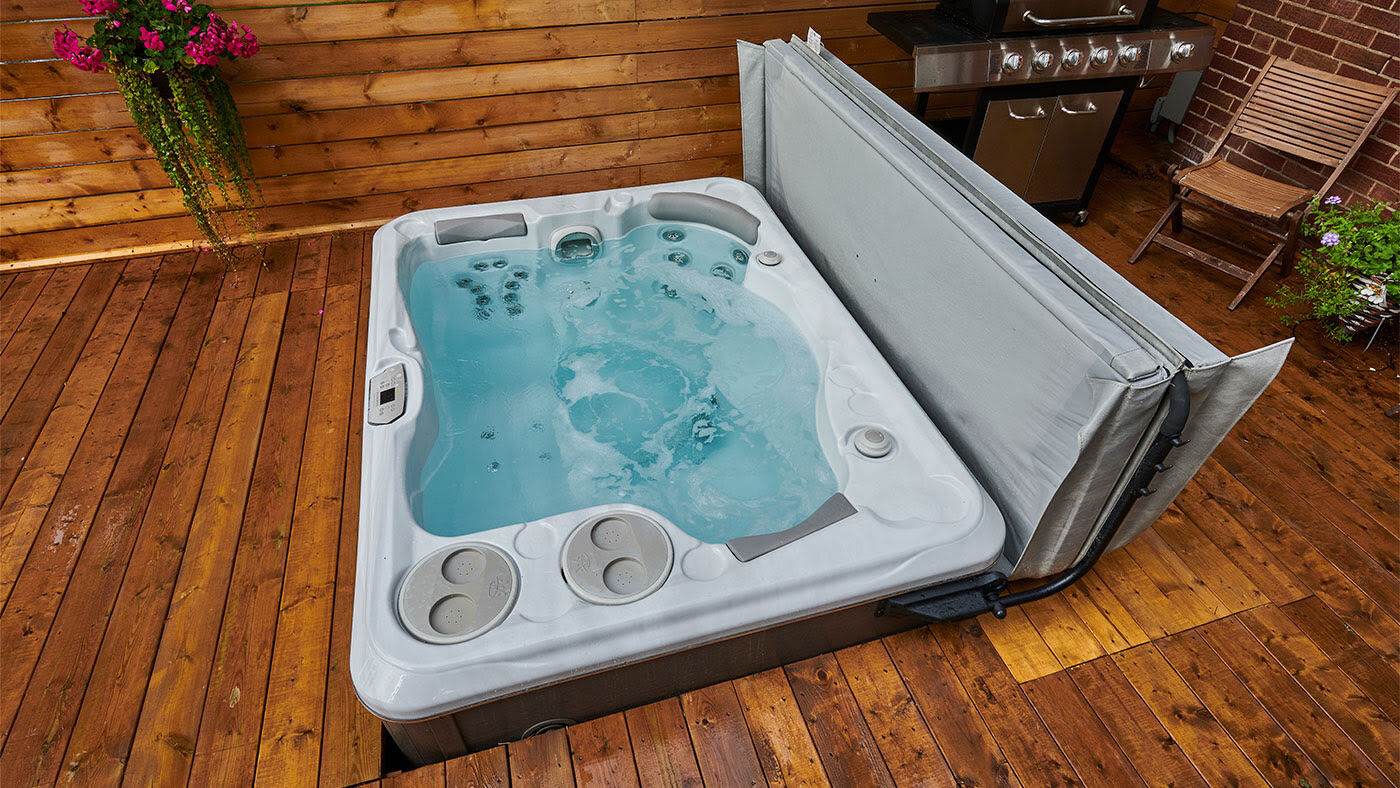
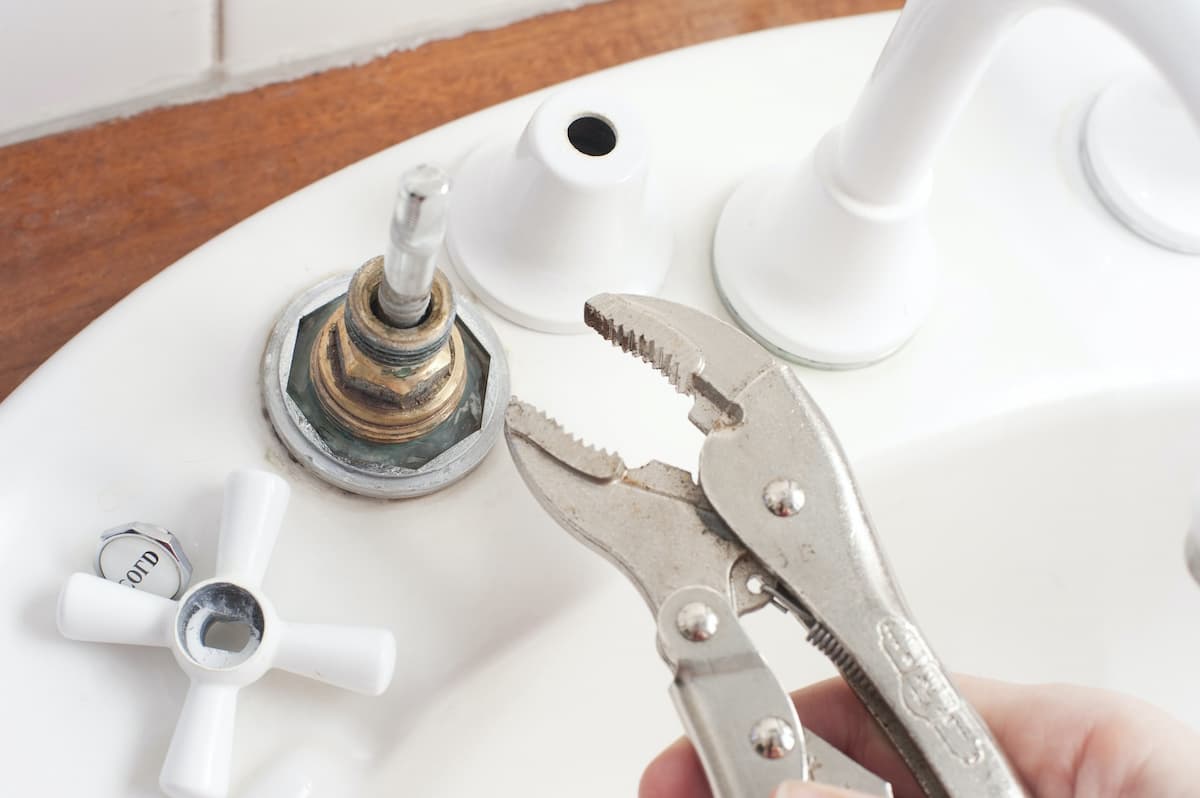
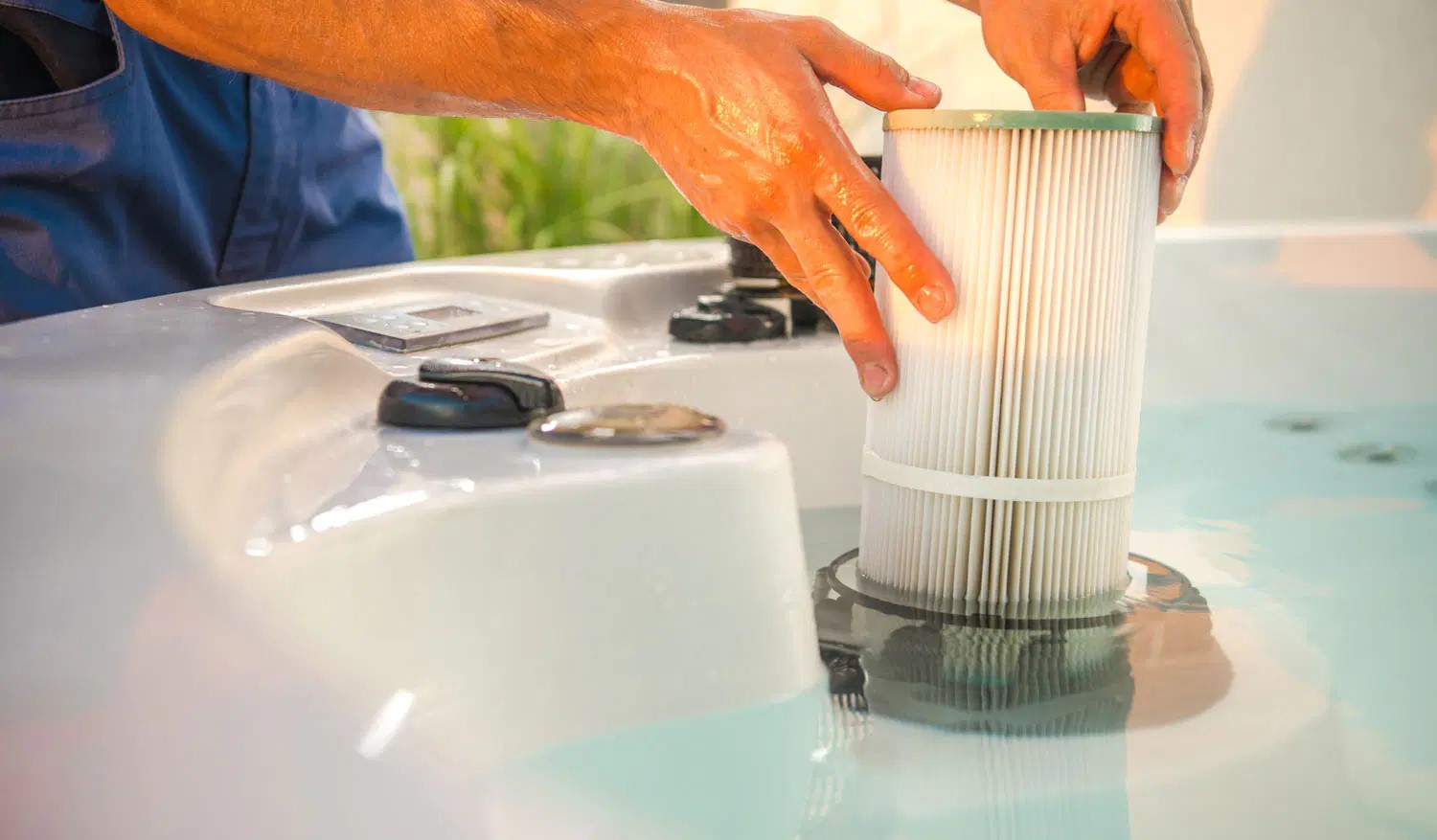
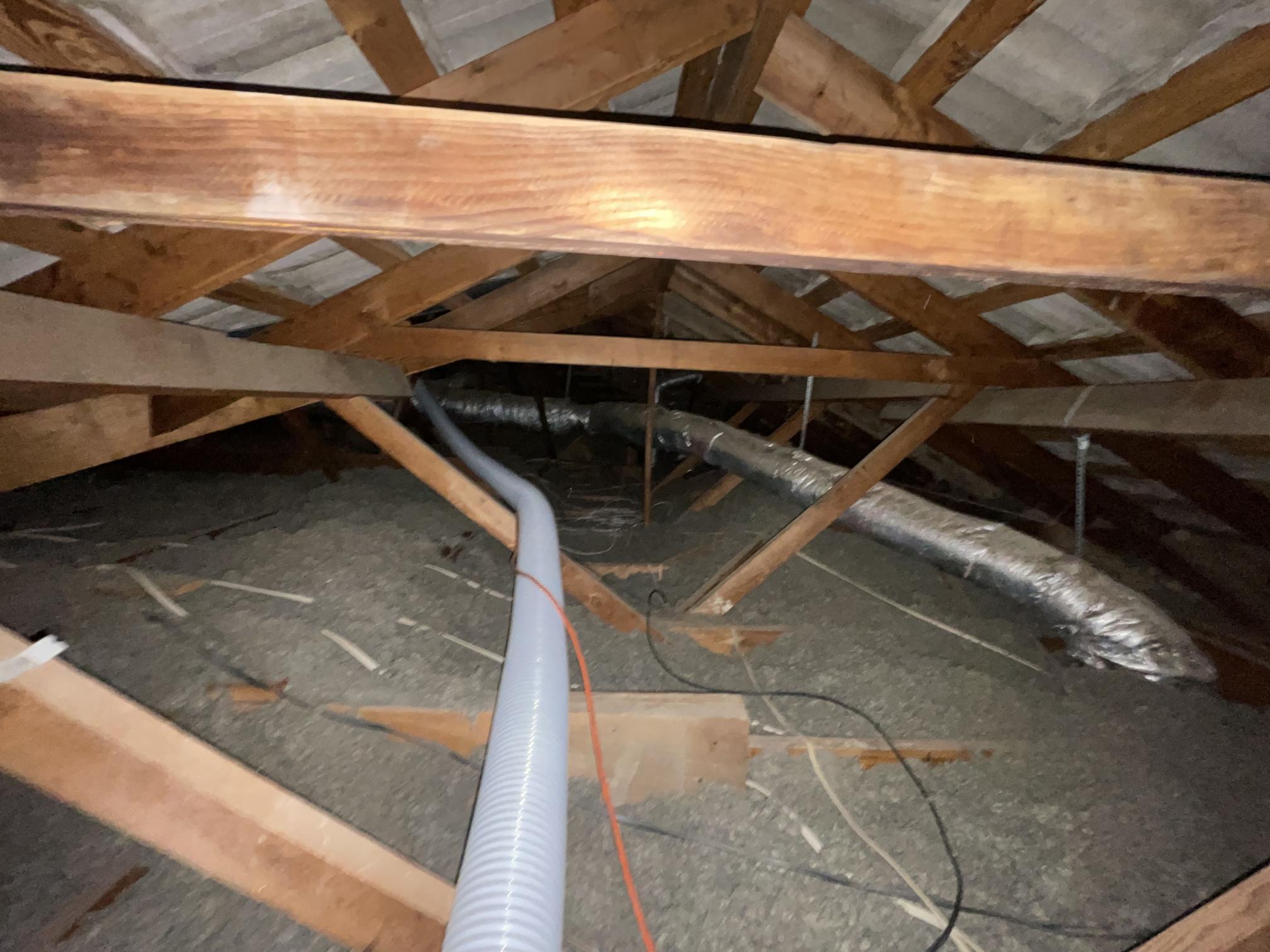
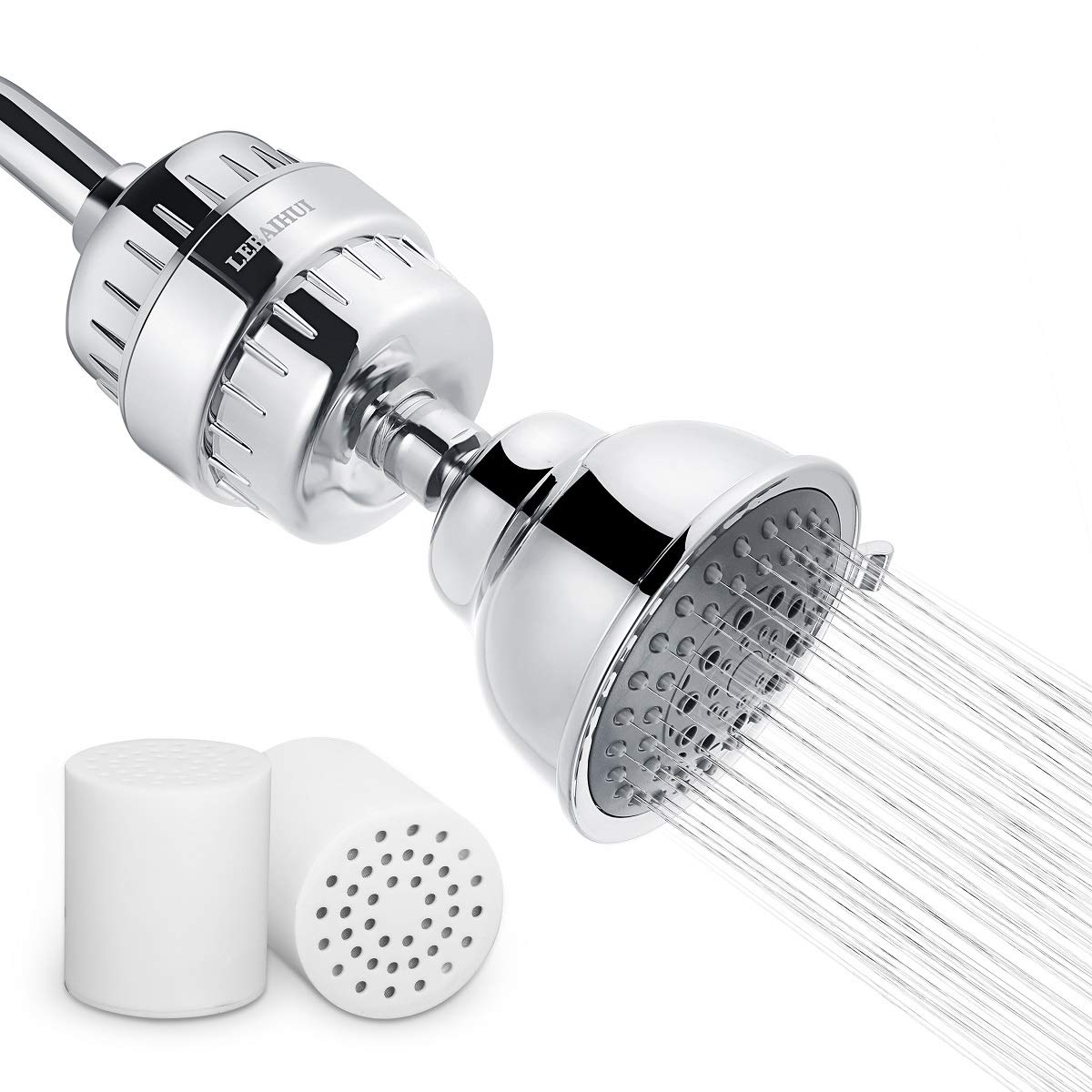

0 thoughts on “How Often Should I Replace Hot Tub Filter”